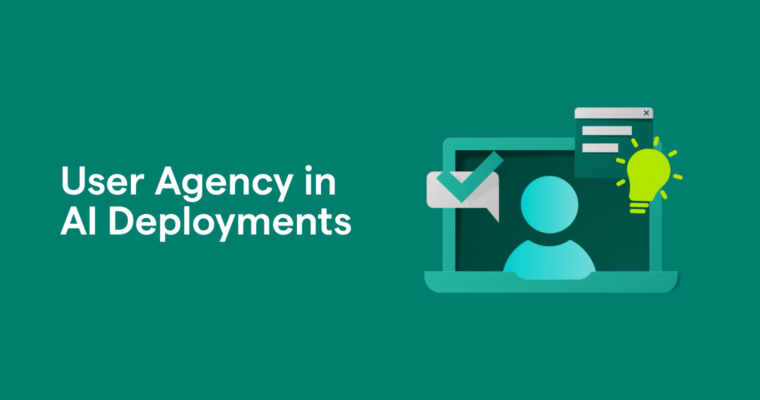
In today’s evolving technological ecosystem, AI is becoming a cornerstone among tools businesses use for growth, efficiency, and competitive advantage. Even if you aren’t actively looking for AI solutions for your business, AI is becoming integrated into the tools you already use and will be a part of your tech stack.
The pace of development means it’s wise to have a process for evaluating and adopting these technologies. Given AI’s complexity and dynamic nature, managing risk while pursuing innovation can be challenging. In this environment, businesses can use these four practical strategies to responsibly navigate the AI landscape.
Establish a Vetting Process for AI Tools
When navigating the AI landscape, it’s important to establish a structured process for evaluating AI products and services. I suggest systematically engaging with your vendors to understand key aspects like their security measures, data handling practices, and their dedication to responsible AI development. And this process isn’t just for new vendors. Ask your existing vendors for their plans around AI and how they currently incorporate AI into existing tools.
Identifying any possible deal-breakers in advance is also necessary—factors that you’re looking for and the ones that could stop your organization from adopting a tool. Additionally, understanding the level of control and customization available in an AI solution ensures that any tool you choose fits well with your business needs and operational dynamics.
Craft Employee Guidance on AI Usage
Not every AI tool will be suitable for every team. What works for the marketing team may not be appropriate for HR or customer-facing roles. Creating a corporate Acceptable Use Policy for AI is essential, providing clear guidelines for how employees can appropriately use AI in their workflows, as well as consequences for not following those guidelines.
I also recommend investing in your workforce’s AI literacy to ensure they can make the most of the tools. With an Acceptable Use Policy and employee education and upskilling, you can safeguard your company’s operational integrity, protect your brand reputation, and reinforce a culture of responsible AI use that aligns with your organization’s values and policies.
Stay Informed on AI Regulations
As AI becomes more integrated into our daily operations, regulatory bodies are paying closer attention. This is especially true for industries such as banking and finance, where the potential impacts and risks for AI applications are considerable.
While an AI provider is not necessarily responsible for industry-specific regulations, they are expected to adhere to general AI regulations (such as the EU AI Act and President Biden’s Executive Order on the Development and Use of AI). A business is responsible for understanding relevant regulations for their industry and ensuring that the AI tools they use fully comply with industry-specific guidelines and legal requirements.
Monitor AI Usage, Impact, and ROI
Operationalizing AI comes with its own challenges: not all AI tools work as expected, and some of the claims of increased productivity simply do not materialize. However, if you monitor and evaluate the internal usage, the benefits can outweigh the potential pitfalls. Identifying AI power users in an organization can help find the right use cases with a clear and specific business impact. This helps to make informed decisions about future AI investments and measure return on investment (ROI) in tangible terms, such as cost savings and improved productivity.
By thoughtfully and systematically approaching the AI landscape, organizations can harness the potential of this technology while minimizing risks. This involves evaluating AI solutions, establishing usage guidelines, staying up-to-date on regulations, and measuring impact. As we move into a new era of AI adoption, let’s embrace these tools thoughtfully, considering what they can achieve and how they should be deployed responsibly and effectively.






